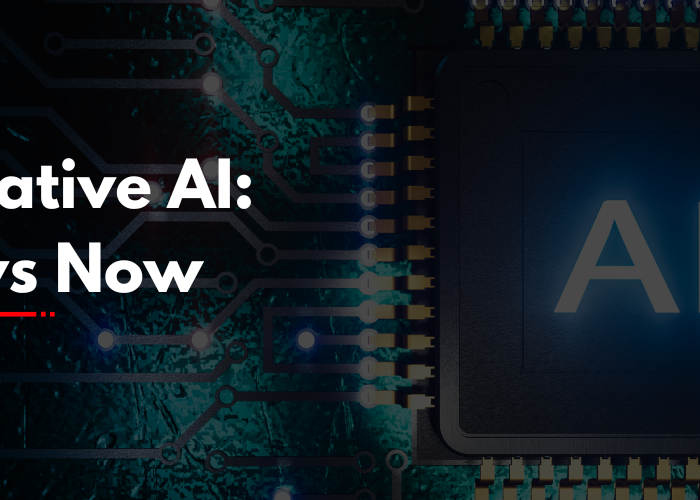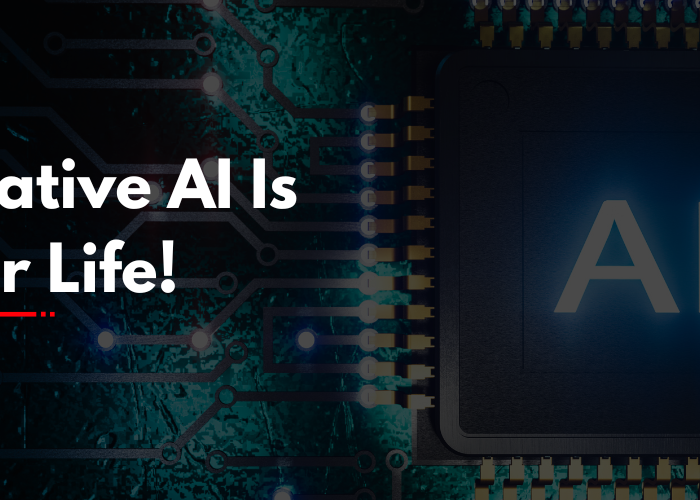Introduction
A few years back, the notion of AI generating actual, working code could’ve been considered a neat science fiction idea. Jump forward to the present, and software like GitHub Copilot is assisting developers globally in writing code quicker, cleaner, and occasionally smarter.
But can AI code better than humans? The short answer is it depends. The longer answer? Well, that’s where it gets interesting.
Key Components
At its heart, GitHub Copilot is more like an amped-up coding assistant that resides right within your code editor. Developed by GitHub and driven by OpenAI’s Codex model, it leverages billions of lines of public code to suggest smart things as you type.
Here’s what powers the magic:
- Massive Code Knowledge: Copilot has read through countless open-source projects across all major languages and frameworks.
- Context Awareness: It doesn’t just throw random code at you it looks at the file you’re working on, the comments you’ve written, and the code around it to guess what you’re trying to do.
- Language Support: No matter what language you are writing in Python, JavaScript, Go, or even esoteric languages such as Rust or Haskell Copilot will be able to jump in with helpful suggestions.
It’s not auto complete. It’s having a pair programmer who never sleeps.

Types of Code Copilot Can Generate
Copilot is not only useful for simple “Hello, World” programs. It can generate and provide suggestions for all forms of code, including:
- Boilerplate Code: Such as routing setup, middleware configuration, or coding database models that have consistent patterns.
- Unit Tests: Copilot can create tests by simply reading your function names and parameters.
- Small Functions: You give a task a description in a comment Copilot will write the function for you.
- Documentation: It can even assist in describing what your code is performing in plain language.
Though it may not always cope with giant, intricate architectures, it’s unexpectedly powerful with time-saving building blocks
Key Benefits and Challenges
Benefits
- Speed Boost: Copilot assists in eliminating boilerplate work. Require a fast function to parse dates? Done. Require a loop to sanitize strings? It’s already half-done.
- Learning Aid: To newbies, it serves as an intelligent tutor, presenting possibilities and patterns they can absorb as they type.
- Consistency: It can enforce coding best practices and styles if trained or instructed properly.
- 24/7 Coding Buddy: You don’t need to ping a colleague at midnight when you’re stuck Copilot is there, suggesting.
Challenges
- Accuracy: Copilot sometimes gets it wrong. You always must double-check and test its suggestions particularly for security-critical code.
- Code Bloat: It might overcomplicate simple things or write too much where less is sufficient.
- Over-Dependence: If you begin to take recommendations without knowing them, you can turn into a copy-paste developer.
- Licensing Issues: As it is trained on open-source code, there have been debates regarding code ownership and legality of reuse.
So, although it’s strong, it’s not a “set it and forget it” tool you nonetheless require your human intuition.
Real-Time Applications
Developers all around the globe are already utilizing Copilot in actual workflows:
- Web Development: Scaffolds whole front-end pieces or API endpoints in seconds.
- Data Science: Copilot is used by analysts within Jupyter notebooks to assist with writing data transform code or displaying outputs.
- Mobile Apps: Developing Flutter, React Native, or Swift apps? Copilot is familiar with the patterns and assists in accelerating UI logic.
- DevOps & Scripting: Getting a shell script together to automate backups? Copilot’s ready with suggestions.
From startups to large tech corporations, Copilot is accelerating development cycles like never before.
How It Works
How It Works
You’re writing a function that emails users a confirmation email. You write a note like:
python
CopyEdit
# Email confirmation after user signs up
Copilot engages and types out the whole function including subject line, message body, and email logic. It accomplishes this by making an educated guess of what’s coming next, based on all the code it has come across previously.
It’s not really “thinking,” but it’s good at seeing patterns. It looks at your comment, your codebase, and uses context to make a guess at what might make logical sense next.
It’s very much like predictive typing on your smartphone except it does it with blocks of code.
Getting Started with Code Writing Generative AI
Interested in trying it yourself? Here’s how to get started:
1.Get GitHub Copilot installed: It plugs in natively to code editors like VS Code, Neovim, or JetBrains IDEs.
- Try Descriptive Comments: Copilot loves the idea of plain language. Document in comments exactly what you would have the code achieve.
- Review Everything: Don’t trust blindly always test and refine.
- Practice Balance: Let it help with the routine stuff but tackle the complex logic yourself. Think of it as creative delegation, not a replacement.
You’ll be surprised at how quickly it becomes second nature.
Conclusion
So, can AI generate code more efficiently than humans? In several ways, yes particularly for repetitive tasks, boilerplate, or adherence to established patterns. But it still requires a human touch to direct it, inspect it, and make intelligent decisions.
GitHub Copilot is a glimpse into a future where writing code is more about designing ideas and less about typing out every line manually. It’s not perfect, but it’s a powerful tool that can supercharge any developer’s workflow.
AI might be the copilot, but you’re still the one flying the plane.









